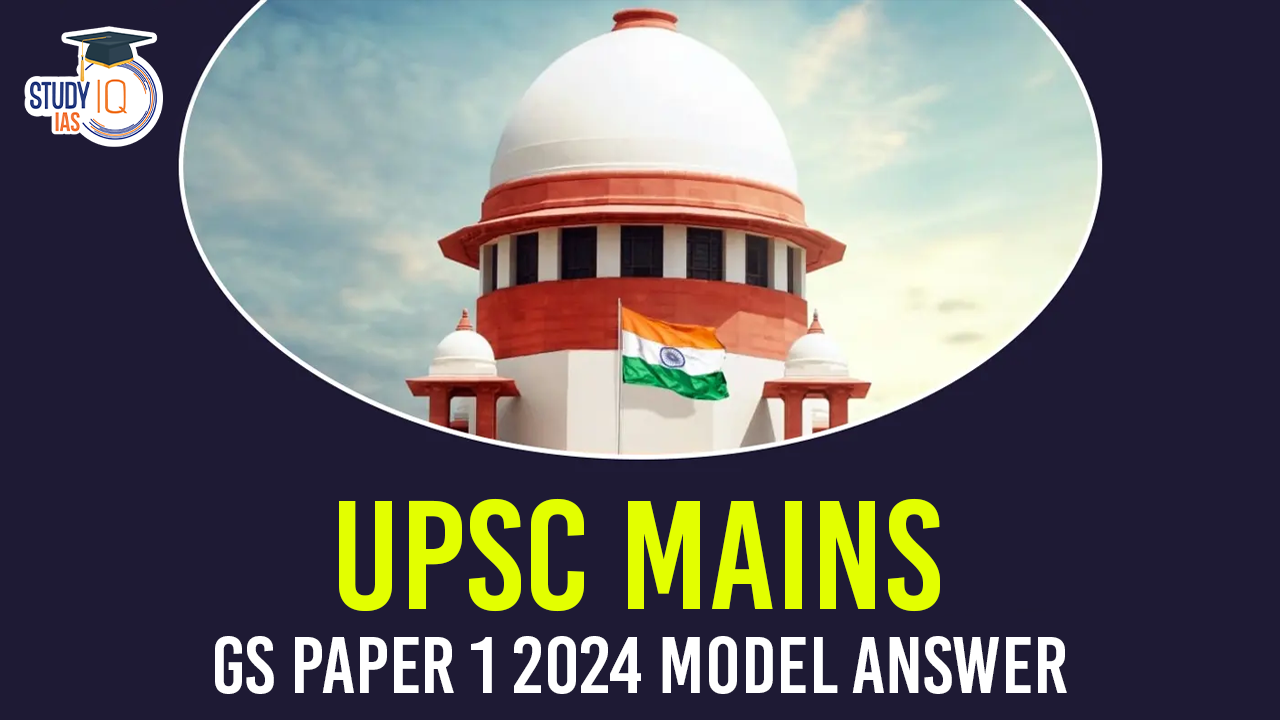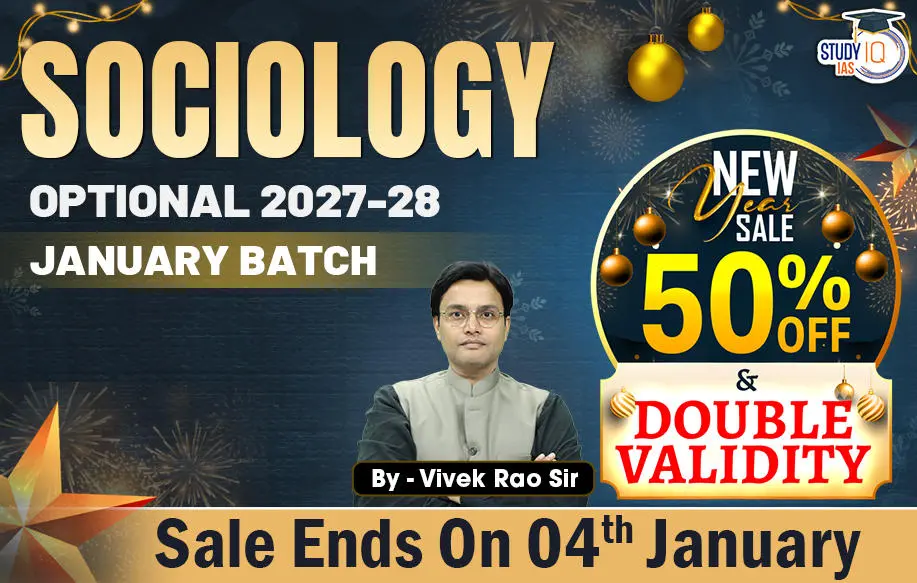Table of Contents
Introduction
The Pallavas of Kanchi, reigned from the 4th to the 9th centuries CE. Originating as feudatories of the Satavahanas, rulers like Mahendravarman I (600–630 CE) and Narasimhavarman I (630–668 CE) are particularly known for their significant contributions to art, architecture and literature of South India.
Contribution of Pallavas to Art
- Foundation of Dravidian temple architecture :
- The Pallavas pioneered the creation of rock-cut cave temples laying the foundation for Dravidian temple architecture.
- Eg. The rock-cut temples of Mahabalipuram like the Pancha Rathas.
- Introduction of Gopurams (Temple towers):
- Eg. The Kailasanatha Temple in Kanchipuram became a prototype for later Chola and Vijayanagara temples.
- The Pallavas pioneered the creation of rock-cut cave temples laying the foundation for Dravidian temple architecture.
- Sculpture:
- Pallava sculptures introduced new standards of iconography and intricate carvings, with a focus on religious symbolism and deities.
- Eg. The Descent of the Ganges or Arjuna’s Penance at Mahabalipuram.
- Pallava sculptures introduced new standards of iconography and intricate carvings, with a focus on religious symbolism and deities.
- Cultural Exchanges:
- The Pallavas fostered cultural exchanges between India and Southeast Asia, which influenced temple architecture in the regions like Cambodia and Vietnam.
- Eg: influence on temple at Angkor Wat in Cambodia.
- The Pallavas fostered cultural exchanges between India and Southeast Asia, which influenced temple architecture in the regions like Cambodia and Vietnam.
Contribution of Pallavas to Literature
- Promotion of Sanskrit literature
- The Pallavas were great patrons of literature, particularly Sanskrit and made Kanchipuram a great centre of learning.
- Eg. Mahendravarman I, himself an accomplished writer, authored the Sanskrit play Mattavilasa Prahasana.
- The Pallavas were great patrons of literature, particularly Sanskrit and made Kanchipuram a great centre of learning.
- Patronage to literary gems:
- Eg. Dandin, a celebrated Sanskrit scholar and author of “Kavyadarsa,” graced the court of Narasimhavarman II.
- Bhakti movement and Tamil literature:
- Pallavas supported the growth of the Bhakti movement, which promoted local (Tamil) literature.
- Eg. The devotional hymns of the Alvars and Nayanmars, composed in Tamil, enriched both religious and secular literary traditions.
- Pallavas supported the growth of the Bhakti movement, which promoted local (Tamil) literature.
Conclusion
The architectural innovations of Pallavas especially in temple design and sculpture laid the foundation for the Dravidian style that flourished in later periods. Their promotion of the Bhakti movement continues to inspire devotional practices in contemporary India. The UNESCO World Heritage Site at Mahabalipuram stands as a testament to their artistic achievements.


 UPSC CDS 1 Final Result 2025 Declared: D...
UPSC CDS 1 Final Result 2025 Declared: D...
 UPSC EPFO Result 2025 Out: EO/AO and APF...
UPSC EPFO Result 2025 Out: EO/AO and APF...
 UPSC CSE Interview Schedule 2025: Dates,...
UPSC CSE Interview Schedule 2025: Dates,...

























